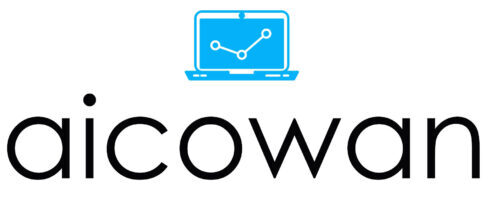As data professionals dive deeper into Microsoft Fabric, a unified platform for data movement, transformation, analytics, and governance, the distinction between knowledge and wisdom becomes increasingly critical. While both are valuable, understanding their roles in the data lifecycle can elevate not only your solutions but also your decision-making.
What Is Knowledge in Microsoft Fabric?
Knowledge is the accumulation of facts, techniques, and understanding of the platform’s tools and components. For example:
- Knowing how to create a Lakehouse, Warehouse, or KQL Database.
- Understanding how Dataflows Gen2, pipelines, and Spark notebooks function.
- Being able to query Delta tables using SQL or manipulate files using PySpark.
- Navigating the OneLake structure and choosing the correct storage format.
This is the realm of certifications, documentation, and tutorials. It’s where a new user learns what Fabric can do and how it works.
Knowledge tells you: “I know how to build a pipeline that transforms XML data and writes it to a Delta table.”
What Is Wisdom in Microsoft Fabric?
Wisdom is the ability to apply that knowledge effectively, ethically, and strategically in real-world contexts. It’s not just about what you can do, it’s about what you should do.
Examples of wisdom in Microsoft Fabric:
- Choosing to store raw data in Lakehouses for cost-efficiency and scalability, but only after assessing retention, schema drift, and query patterns.
- Knowing when to use Dataflows Gen2 over Notebooks for maintainability, especially when handing projects over to less technical teams.
- Deciding to implement medallion architecture and semantic models only where there is real business benefit, not just because they’re “best practice.”
- Recognising when it’s better to leave certain legacy systems alone, even if Fabric could technically integrate with them.
Wisdom tells you: “Although I could use a Dataflow that others can maintain, in this case it’s better to build the transformation in a Spark notebook for flexibility and performance.”
Where the Two Meet: Knowledge in Action
Microsoft Fabric is a powerful tool, but its power amplifies both strengths and mistakes. Knowledge alone can lead to over-engineering, increased costs, or fragile pipelines. Wisdom curates that knowledge into scalable, sustainable solutions.
| Situation | Knowledge | Wisdom |
|---|---|---|
| You’re migrating from Power BI datasets to Fabric semantic models. | You know how to use the DirectLake mode. | You also evaluate whether DirectLake is suitable for your dataset size, query pattern, and user load. |
| You’re building a reporting model. | You define relationships and measures in a semantic model. | You also design the model to reflect how business users think, not how the data is stored. |
| You’re under pressure to deliver fast. | You use PySpark to quickly transform a dataset. | You pause to modularise the code and write logs, so the next developer isn’t lost. |
Cultivating Wisdom in a Fabric Team
While knowledge can be taught, wisdom must be developed through experience and reflection. Here’s how to build it:
- Conduct retrospectives after deployments, focus on why things succeeded or failed.
- Encourage documentation of decisions, not just solutions.
- Mentor junior team members not just in tools, but in how to think about problems.
- Stay customer-focused, and align every technical choice with a business outcome.
Final Thoughts
In the world of Microsoft Fabric, knowledge enables action. Wisdom guides it. As your organisation leans more heavily on Fabric for its data operations, ensure your team has both. That balance is what turns good solutions into great ones and keeps them great over time.
“Knowledge is knowing that Fabric supports Lakehouses and Warehouses.
Wisdom is knowing which one to use, and when to walk away from both.”
If you want to increase your knowledge, you can by getting certified in Microsoft Fabric.
Microsoft Certified: Fabric Data Engineer Associate – Certifications | Microsoft Learn
Microsoft Certified: Fabric Analytics Engineer Associate – Certifications | Microsoft Learn
If you want to increase your wisdom, please continue to read from this website 🙂

